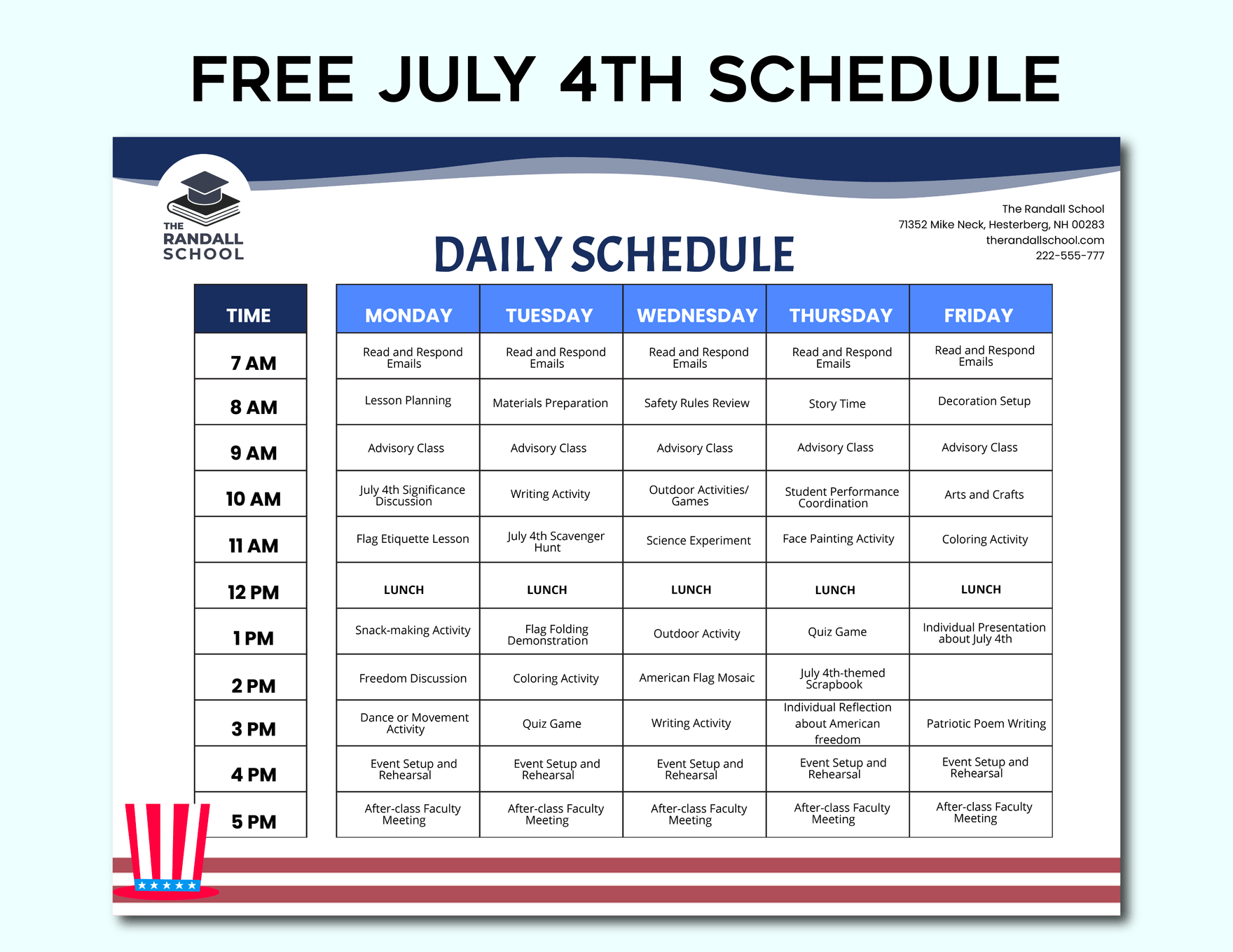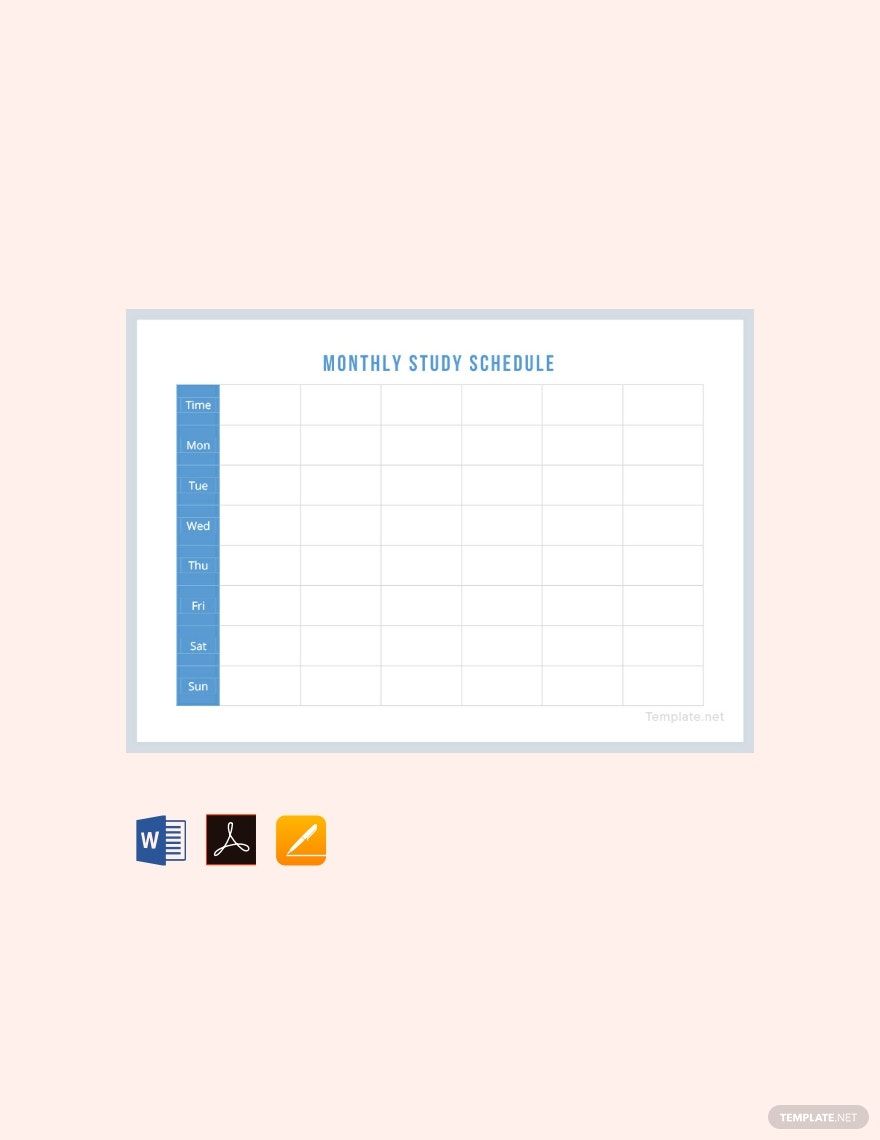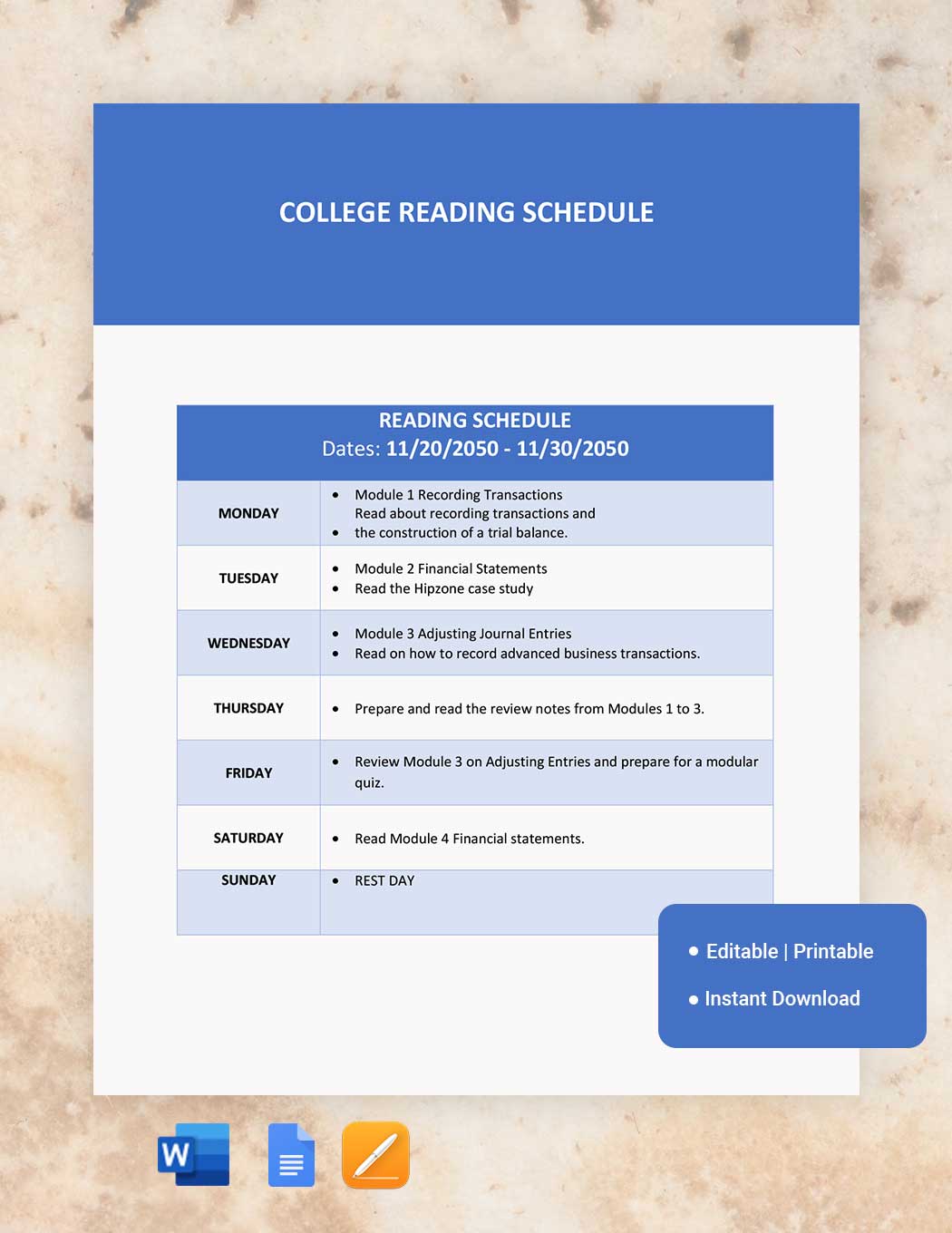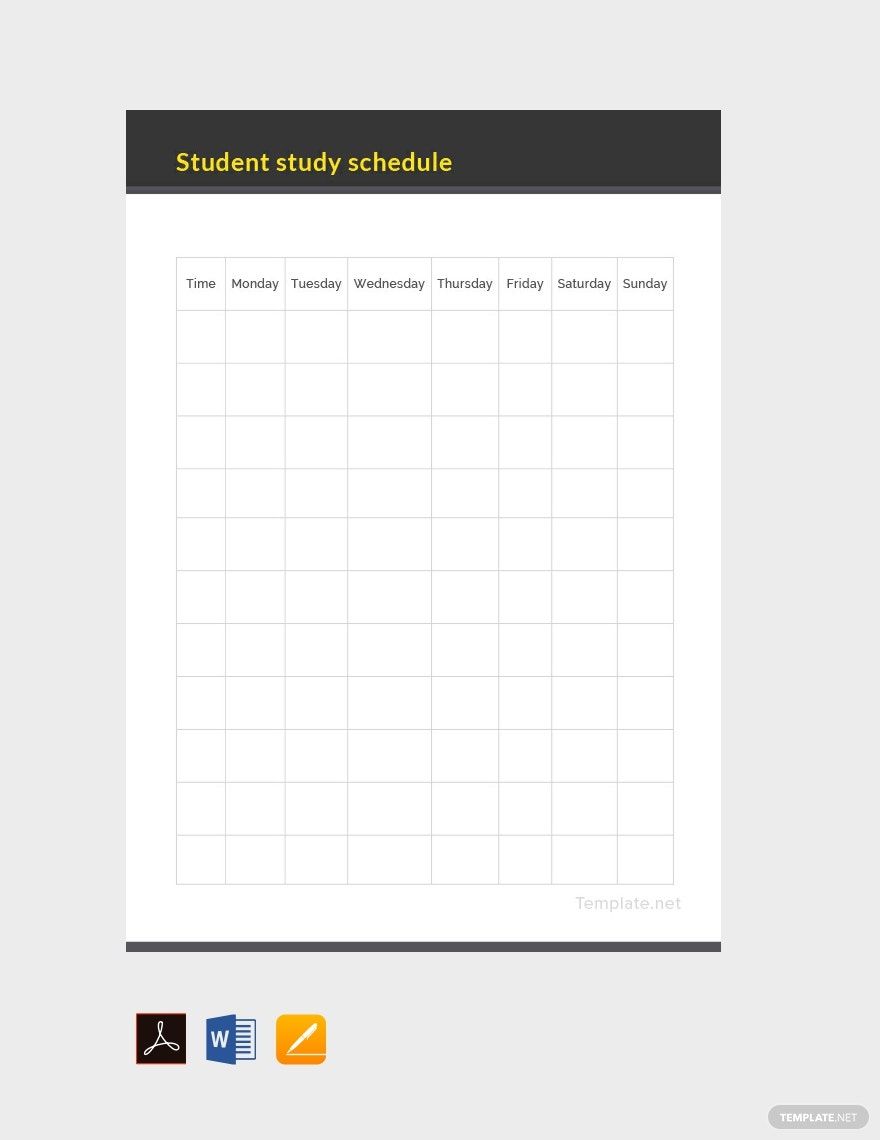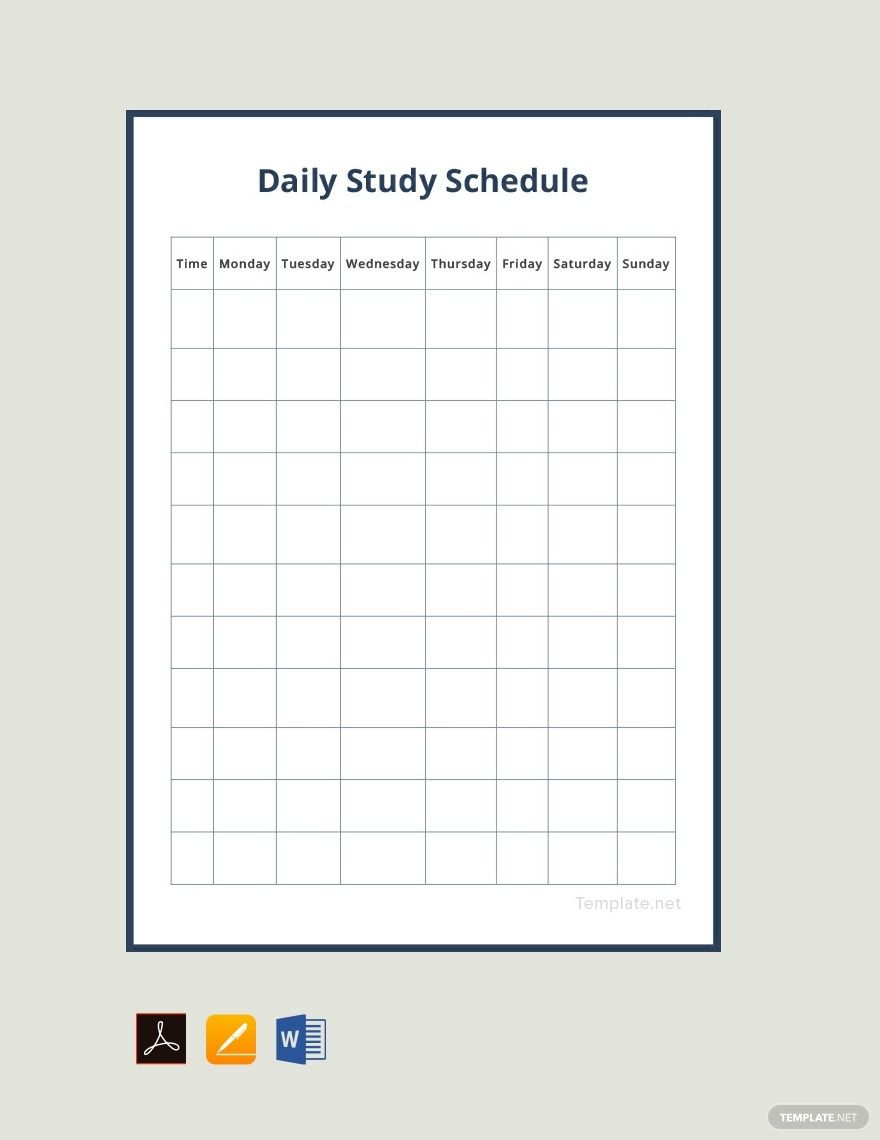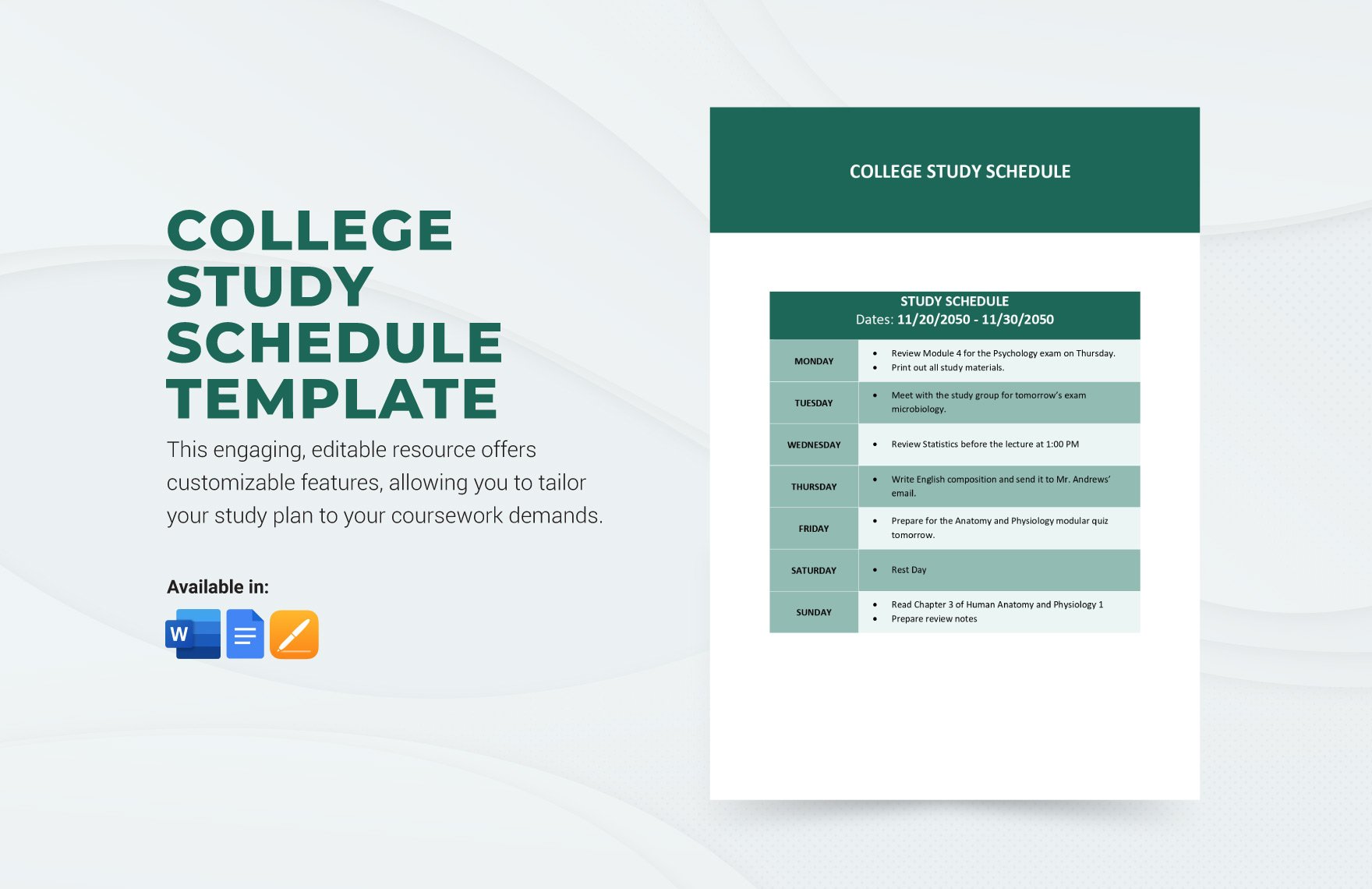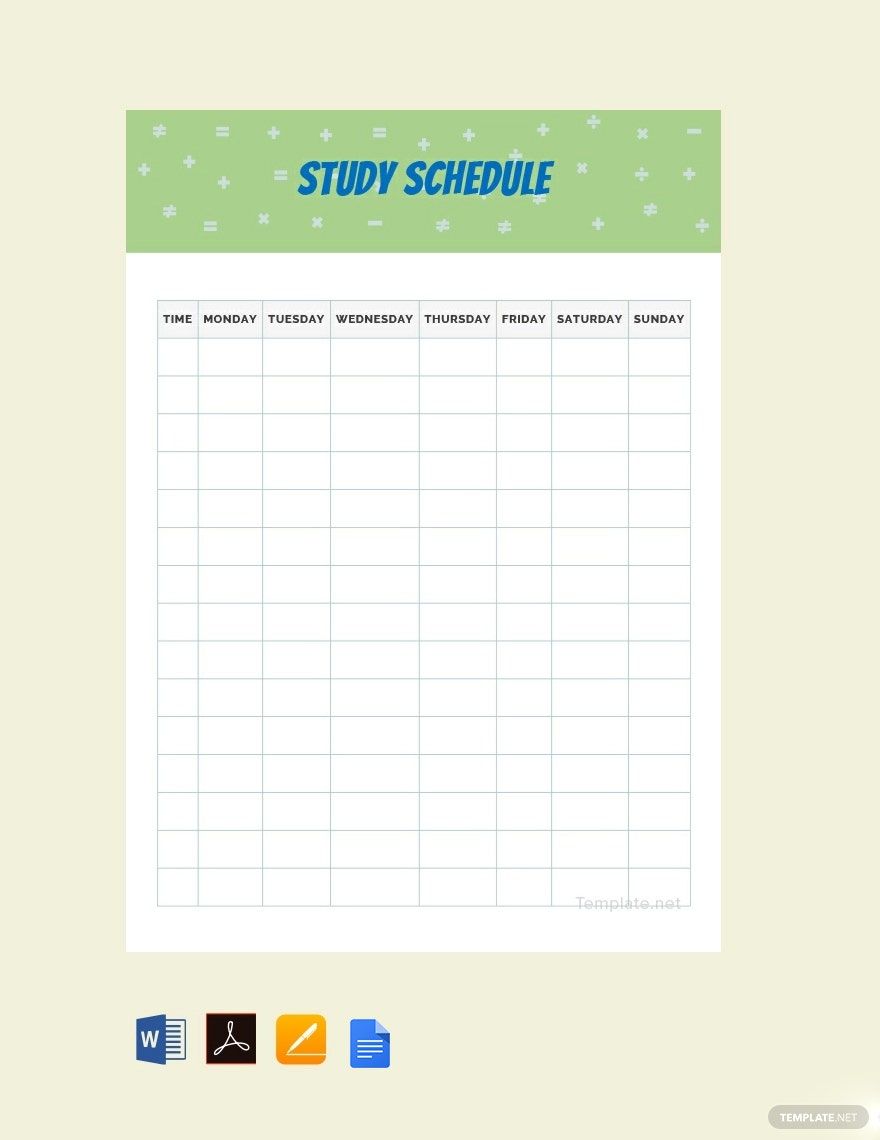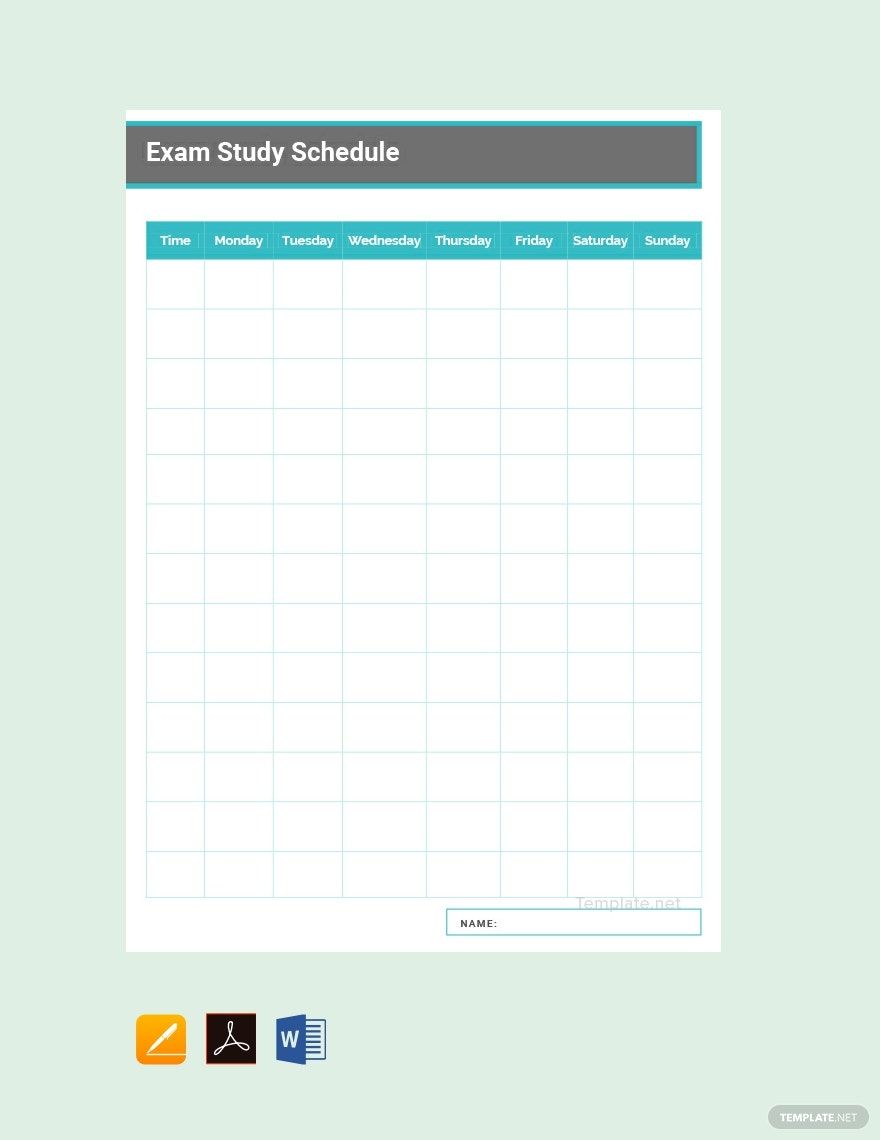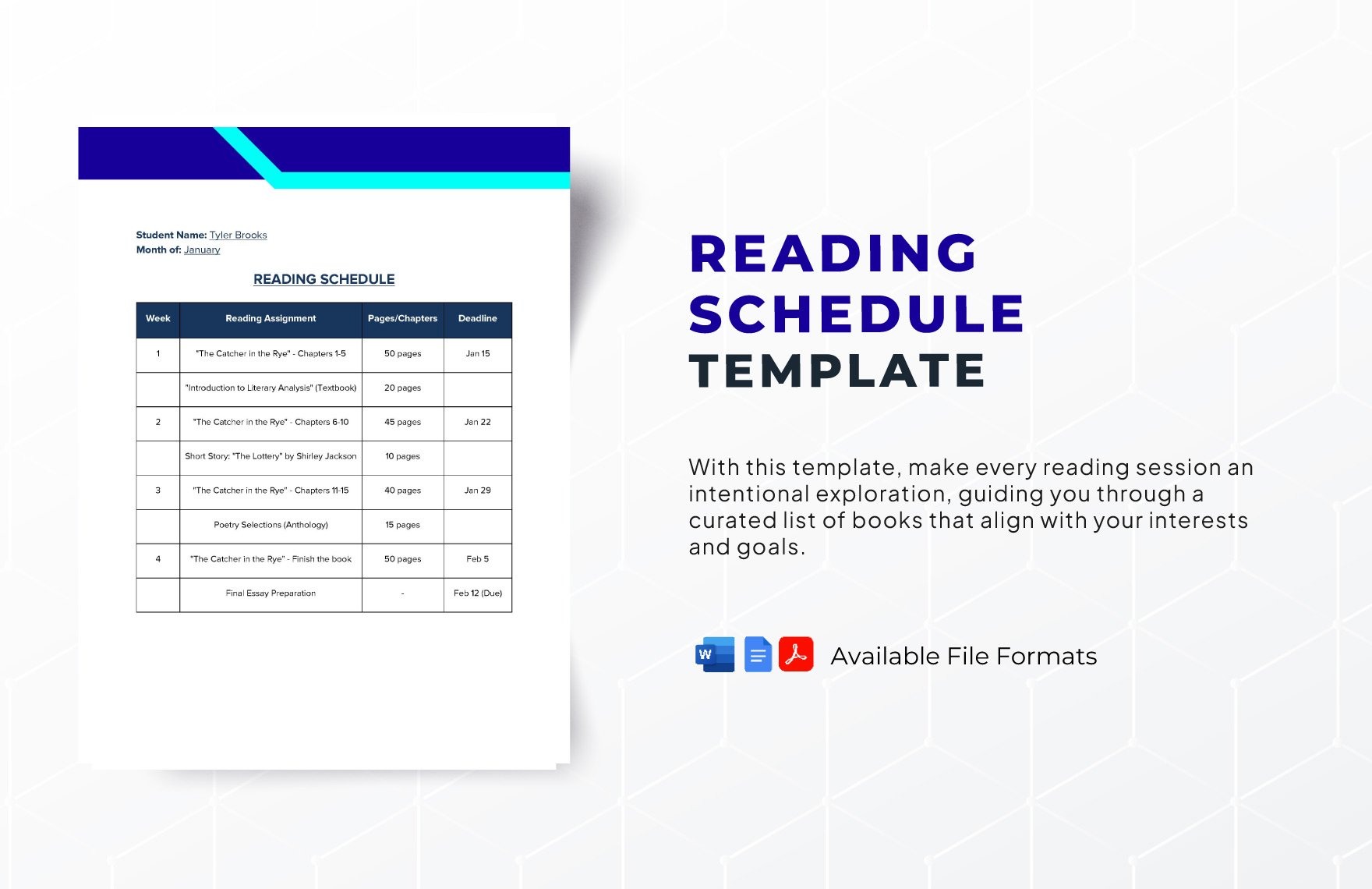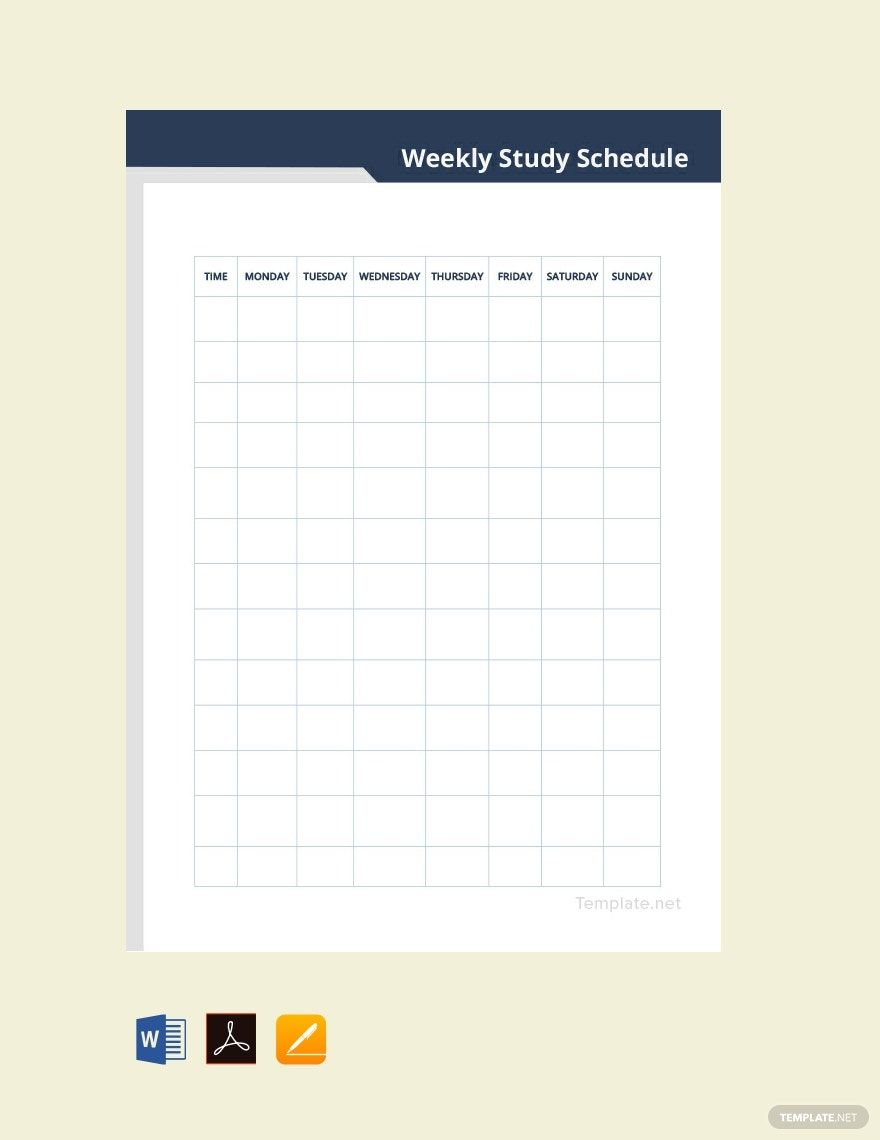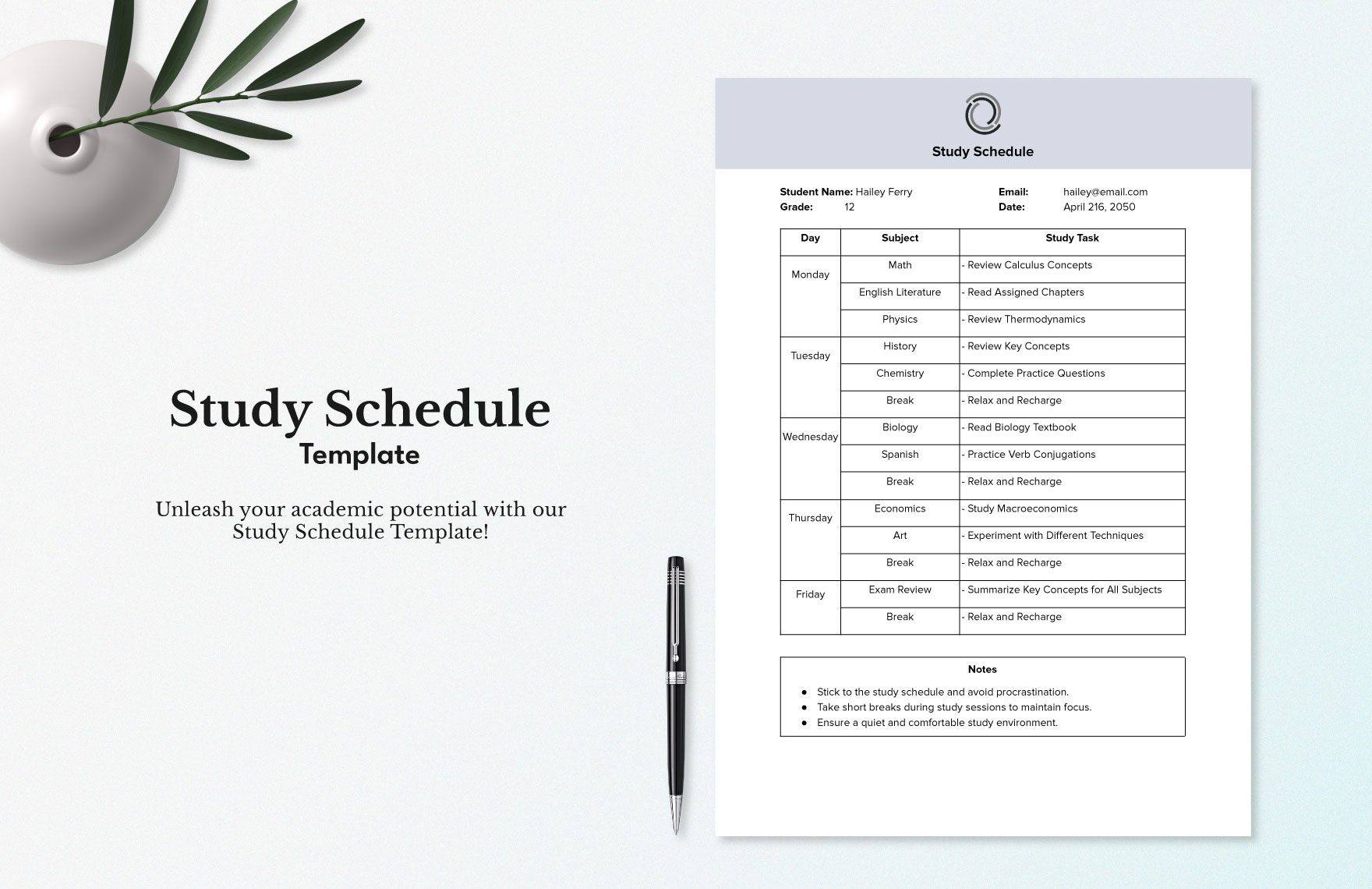Establishing habits has a lot of benefits. It allows you to discipline yourself while getting things done on time. The same can be said with studying, one should establish a habit and follow a schedule to be guided on what and when to study. Here, we have Study Schedule Templates in Microsoft Word that you can use anytime and anywhere. These ready-made samples are easily downloadable, 100% customizable, and fully printable. If you need to make a schedule to help you establish an effective study habit, then don’t hesitate to subscribe to our schedule templates today!
Study Schedule Templates in Word
Get creative (and organized) with customized study schedule templates in Word. These free, printable, and professional designs are easy to download. Start now!

Get Access to All Schedule Templates

- Ticket
- Quotation
- Receipt
- Recipe Card
- Proposal
- Contract
- Statement
- Newsletter
- Coupon
- Bill of Sale
- Agreement
- Affidavit
- Memo
- White Paper
- Itinerary
- Email Signature
- Postcard
- Plan
- Planner
- Program
- Note
- Cover Page
- ID Card
- Banner
- Form
- Envelope
- CV
- Ebook
- Manual
- Notice
- Magazine
- Thesis
- Bookmark
- Lesson Plan
- APA
- Job Description
- Cover Letter
- Sign In Sign Out
- Poster
- Chart
- List
- Time Sheet
- To-Do List
- Log
- Assessment
- Teacher
- Business
- HR
- Marketing
- Sale
- Advertising
- Finance
- Accounting
- Legal
- Administration
- Operations
- Health Safety
- Bookkeeping
How to Make a Study Schedule in Microsoft Word
According to the Learning Center, studying smarter is better than studying harder. How? By making and following a study schedule. Whether you’re a high school or college student, take notes from our guidelines below to help you make a schedule or timetable for studying.
1. Assess Your Study Habits and Pace
You’re better off complying with your daily schedule if it coincides with your study habits and pace. And while you can always change your routines, your pace will depend on your ability to absorb information. So, make sure to assess what you’re capable of before you begin making your study schedule.
2. Check How Much Time You Have
How much time do you have before the exams? And how much time does it take you to study each lesson? Your schedule will depend on how much you have. If needed, you can always refer to a calendar.
3. Determine How Many Subjects or Lessons to Study
Time isn’t the only factor to consider when creating a study schedule, the number of subjects or topics matter as well. Obviously, more topics mean more time. But if the latter is limited, then you’ll need to pick up your pace for each study period. However, if you find some topics easier than others, then you can spend less time on those and focus more on the harder ones.
4. Include Breaks or Times for Resting
Allow yourself to rest every now and then, but make sure to include these in your sample schedule. Scheduling your breaks is better than just resting at random periods. According to Course Hero, the best timing is studying for 52 minutes and resting for 17 minutes. However, you can always change it up depending on your own pace.
5. Allocate Some Space for Journaling
Journaling or leaving notes is a good way to track progress. These can range from reminders to hindrances in your ability to focus. Lastly, journaling will not only help you in the next study session but will also benefit you if you need to make another study planner in the future.
Frequently Asked Questions
What is a study schedule?
A study schedule is a timetable used to organize a person’s study plan and goals. This schedule serves to guides the person on what subjects to study at a certain time.
What is the importance of scheduling?
- Scheduling allows you to see goals and objectives clearly.
- Scheduling helps you identify and prioritize tasks.
- Scheduling enables you to recognize and settle backlogs.
What are the benefits of having a study schedule?
- You’ll be more participative in class.
- You’ll get better scores in exams and quizzes.
- You’ll be less stressed than when you’re cramming.
How can you tell if you’re burning yourself out?
- Inability to absorb information.
- Committing errors on simple things such as spelling and computations.
- Feeling tired despite having enough sleep.
What are some examples of excellent study habits?
- Starting with harder subjects before proceeding to easier ones.
- Establishing goals for each study session.
- Starting and ending your study sessions at the same time each day.
- Allowing your mind to rest from time to time.
